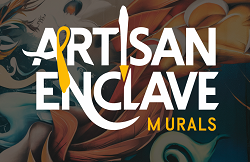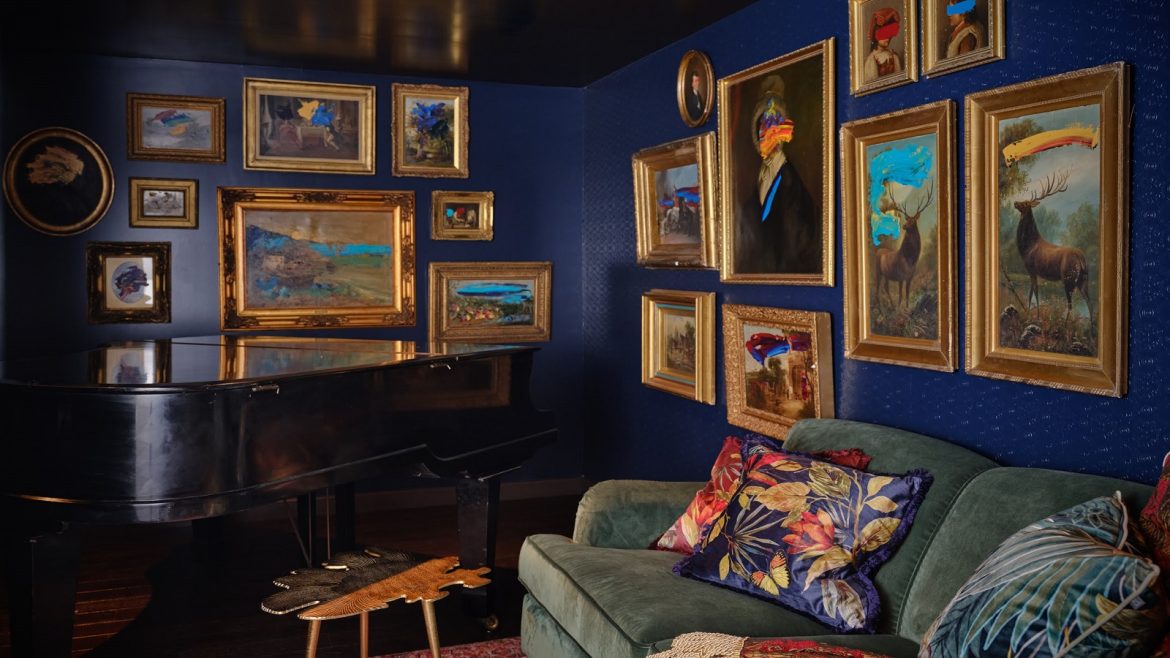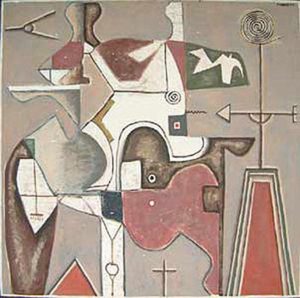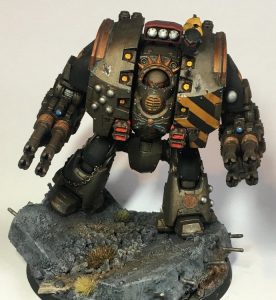Creating a custom mural is a unique way to personalize a space, whether it’s for a home, office, or public area. However, the process involves careful financial planning to ensure that the final product is both affordable and of high quality. This article explores effective strategies for budgeting custom murals, helping you manage costs without compromising on the artistic and material quality.
Understanding Mural Pricing
Factors Influencing Mural Costs
The cost of a mural can vary widely based on several factors:
- Location: The accessibility and geographical location can affect travel costs and local market rates.
- Size: Larger murals require more materials and time, thus increasing the cost.
- Design Complexity: More detailed de useful site signs require longer hours and possibly more skilled artists, which can raise the price.
Average Pricing Ranges
Here’s a basic guide to understanding how much a mural might cost based on size and complexity:
| Mural Size (sq ft) | Simple Design Cost | Complex Design Cost |
|---|---|---|
| 10 – 50 | $500 – $2,500 | $2,000 – $5,000 |
| 51 – 150 | $2,500 – $7,500 | $5,000 – $15,000 |
| 151+ | $7,500+ | $15,000+ |
Key Cost Components of Mural Creation
Detailed Breakdown of Pricing Components
The main cost components of creating a mural include:
- Artist Fees: This can vary depending on the artist’s experience and reputation.
- Materials: Quality of paint and protective coatings can impact the mural’s longevity and appearance.
- Equipment: Scaffolding, lifts, and other tools may be necessary depending on the mural’s location.
Importance of Location, Size, and Design
Each of these factors plays a critical role in the overall budgeting for a mural project. A larger, more complex mural in a hard-to-reach location will naturally cost more.
Strategies for Budgeting Your Mural Project
Tips for Setting a Realistic Budget
- Research Costs: Gather quotes from several artists to understand the market rates.
- Prioritize Elements: Decide what aspects of the mural are most important and allocate funds accordingly.
Importance of Detailed Planning
Consulting with the artist about the feasibility of the design within your budget can prevent unexpected expenses and ensure that the project stays on track.
Choosing the Right Artist for Your Budget
Finding and Selecting Artists
- Artist Directories: Use online platforms and local art councils to find artists whose style matches your vision and budget.
- Interviews: Discuss your project with potential artists to ensure they understand your budget constraints and artistic expectations.
Role of Artist Experience
Experienced artists might charge more, but they also bring reliability and efficiency to the project, potentially saving money in the long run.
Material Costs and Their Impact on Overall Budget
Overview of Material Costs
The choice of materials can significantly affect both the cost and the quality of the mural. Higher quality paints and primers might be more expensive but can offer better longevity and vibrancy.
Strategies for Minimizing Material Costs
- Bulk Purchasing: Buying materials in bulk can reduce costs.
- Alternative Materials: Sometimes, less expensive alternatives can provide similar quality.
Additional Costs to Consider
Potential Hidden Costs
- Permits: Some locations require permits for mural installation.
- Weather Delays: Outdoor murals might face delays due to weather, affecting the timeline and costs.
Budgeting for Maintenance
Setting aside funds for regular maintenance can help prolong the mural’s life and reduce long-term costs.
Maximizing Quality Within Your Budget
Ensuring Quality While Staying Within Budget
- Clear Agreements: Ensure that contracts with artists are clear about expectations and payment schedules.
- Regular Check-ins: Engage with the artist throughout the project to monitor progress and manage any issues that arise.

Importance of Communication
Effective communication can prevent misunderstandings and ensure that the mural meets your expectations without exceeding your budget.
Case Studies: Successful Budget-Friendly Murals
Examples and Lessons Learned
Discussing real-life examples of successful murals completed on a budget can provide valuable insights and practical tips for managing similar projects.
Conclusion
Budgeting for a custom mural requires a careful balance between cost and quality. By understanding the factors that affect mural pricing, choosing the right artist, and managing materials and additional costs effectively, you can achieve a stunning mural that meets your financial constraints. Remember, thorough planning and open communication are your best tools for a successful mural project.

I am Nicholas Cremean, your guide and expert in the nuanced world of mural installations. With over a decade of experience in the mural industry, I specialize in bringing artistic visions to life on walls and surfaces of all types.




